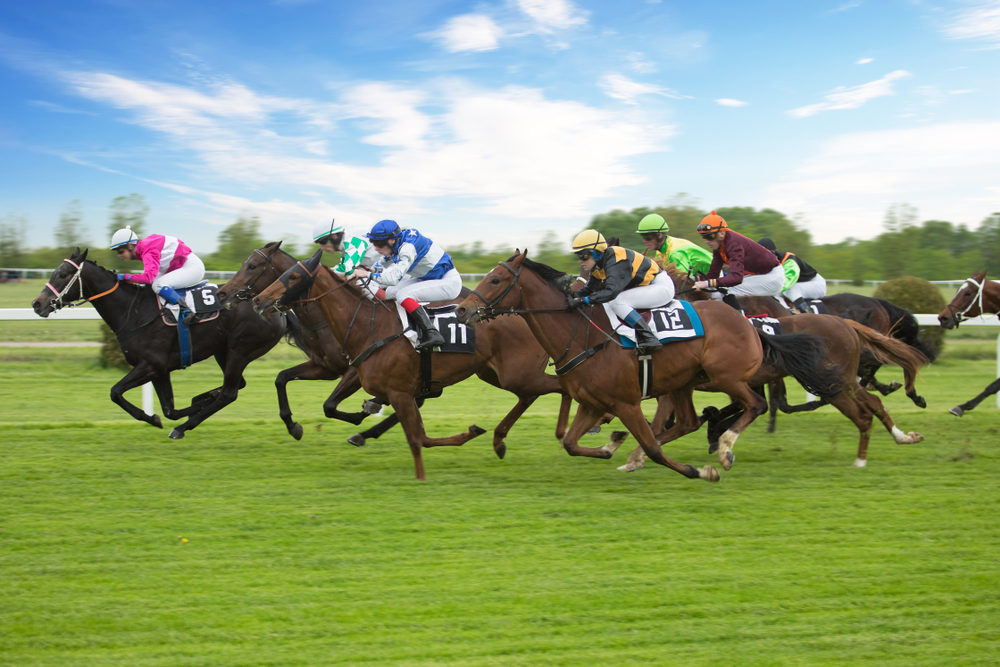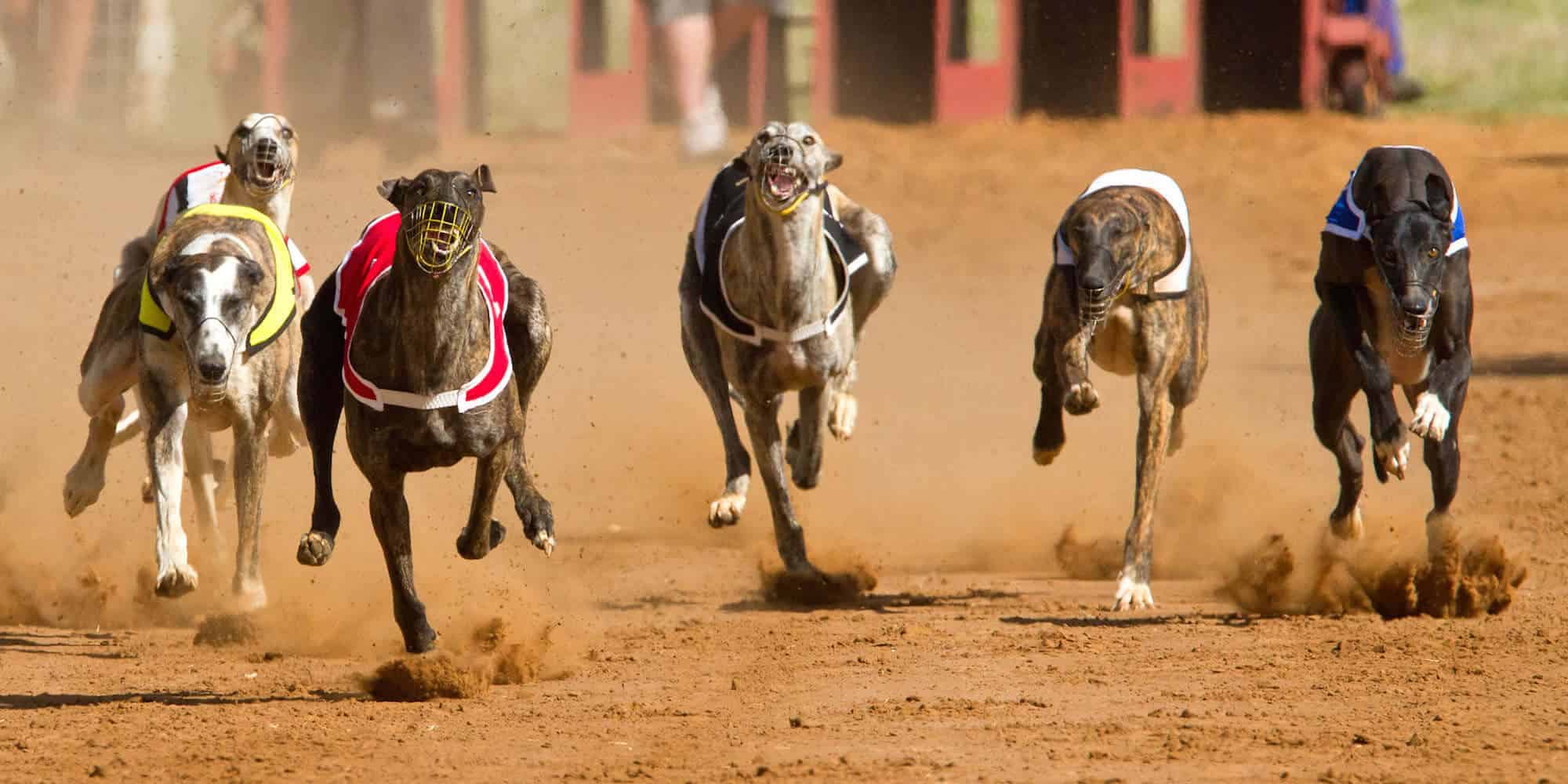Horse racing is regarded as one of the most exciting sports in Japan. The equestrian sport has a long and rich history in the country, with horse races drawing the attention of all kinds of crowds. Oddly enough, flat racing is more popular in the country, though steeplechase racing is also practiced on an extensive level.
Japan is home to some of the top tracks and iconic racecourses in the region. There are a few racecourses that host flat thoroughbred racing as well as steeplechase racing. Nakayama Racecourse is one such facility.
Nakayama Racecourse is located in Funabashi in the Chiba Prefecture in Japan. The horse racing facility is recognised for its versatility and quality racing. The track has the unique capability to host flat and steeplechase races both and is one of the Big Four of the top ten racecourses owned by the Japanese Racing Association.
Nakayama racecourse is home to the country’s top steeplechase race, the Nakayama Grand Jump. Its signature flat race, the Arima Kinen, is one of the country’s only two All-Star races. The race is the biggest crowd puller and attracts attention from punters more than any other race in the world.
In addition to the Nakayama Grand Jump and the Arima Kinen, Nakayama Racecourse is home to various other prominent races, which have firmly established the racecourse as one of the top facilities in the region. Its racing calendar coincides with that of Tokyo Racecourse.
Here is a brief account of the racecourse’s history and its facilities.
Nakayama Racecourse History
Nakayama Racecourse was established in 1920. Although many sources claim that horse racing began at the site around 1907, 1920 is still considered the official date of the racecourse’s opening. It is likely that the track underwent renovations around that time and officially reopened in 1920.
While many people are aware of the Tokyo Racecourse only, being one of the most premium horse racing facilities in the world, Funabashi was already home to Nakayama Racecourse. Although Tokyo Racecourse is considered one of the most significant venues, Nakayama Racecourse is unique and significant in its own right. The racecourse underwent renovations in 1990 and opened again to a regular racing calendar.
Nakayama Racecourse Facilities
Nakayama Racecourse has a seating capacity of more than 165,000 and has one of the largest seating capacities of any horse racing facility in the world.
The racecourse comprises two turf courses, a dirt course, and a jump course. The turf course is the largest and the outermost course at the Nakayama. It has a circumference of 1,840 metres. This larger turf course encircles a smaller turf course which is 1,667 metres in length. The two turf courses are labelled as “A” courses. There are rails on the site that are used to change the starting position, thereby increasing the race length. The courses are labelled as “B” and “C” in such a scenario.
The width of the “A” course is 32m, while that of the “B” and “C” courses is 29 and 26m. One may consider the space wide enough, but the huge bend is quite challenging and requires horses to climb up a very sharp angle when making a run for the 200m homestretch. It is what makes finishing the race at the Nakayama so challenging.
The oval dirt course at Nakayama measures 1,493 metres and is 25 metre wide. Although it is the most traditional track at the racecourse, most flat races are held on turf courses. The course has a 1200m chute.
The steeple jump course at Nakayama is one of the most difficult in the world. It is a unique course as it can take on multiple forms, sizes, and shapes. In almost all the jump races, horses must climb and drop over sharp mounds at the back end of the course. It is why only the horses with vast experience or extensive training fare well at the Nakayama.
One of the track settings or configurations comprises the two most difficult jumps, which are closed most of the time. These jumps are reserved for only the most esteemed races, the Nakayama Grand Jump and the Nakayama Daishogai.
In addition to the seating facility and racing tracks, the Nakayama Racecourse features various amenities for the enjoyment of the spectators. There is a multipurpose visitor media hall, a shopping plaza, and automatic betting points.
Major Races At Nakayama Racecourse
Nakayama Racecourse holds various graded flat races and steeplechase competitions on its racing tracks. Some of the most notable ones include Satsuki Sho, the Nakayama Grand Jump, the Nakayama Daishogai, Asahi Hai Futurity Stakes, the Sprinters Stakes, Arima Kinen, and the Satsuki Sho.
What is the Nakayama Grand Jump?
The Nakayama Grand Jump is one of the top jump races in Japan. The race is held in April every year at Nakayama Racecourse and runs over a distance of 4.25 km, which comprises various twists and turns inside the regular ovals of the racecourse.
What is the Arima Kinen?
The Arima Kinen is a Grade 1 thoroughbred flat horse race in Japan, reserved for horses aged three and above. It is one of the two All-Star Japanese races and the largest betting horse race. The race runs over a distance of 2500 metres and has a purse of around ¥ 864,000,000 as of 2022.
Where Can I Find Nakayama Race Tips?
If you’re seeking tips for Nakayama horse racing, there are several reliable sources available online. One such source is Everytip.co.uk, which offers insights into the dynamics of Japanese horse racing, including daily tips that consider factors like track conditions, weather forecasts, and the form of horses and jockeys. These tips are valuable as they adapt to the ever-changing nature of the sport and are often sourced from insiders or experts in the field. Understanding these tips is crucial for anyone interested in betting on Japanese horse racing, as they provide a snapshot of the day’s racing conditions and can guide betting decisions.
Racenet.com.au is another useful resource, providing detailed information about various horses, their trainers, and jockeys for specific races at Nakayama. This includes a comprehensive field, form guide, and tips for races, giving punters a better understanding of each horse’s performance and potential in upcoming events.
Horseracingfreetips.com focuses on pedigree and performance, particularly for US-bred and/or conceived runners in the Japan Racing Association circuit, including Nakayama. This site provides insights into the background and previous performances of horses, which can be critical for making informed betting decisions.
For those looking for more specific betting tips, Paddypower.com offers recommendations for Nakayama races, including potential winners and analysis of horses’ past performances and conditions that could affect their upcoming races. These tips can be particularly useful for bettors looking for an expert opinion on the races.
Lastly, Racing-odds.com is an excellent platform for comparing betting odds for Nakayama races. It provides a wide range of information on international horse racing, including odds, results, and tips, which can help in making more informed betting decisions.
Each of these sources offers unique insights and information that can be valuable for anyone interested in Nakayama horse racing, whether for general interest or betting purposes.





